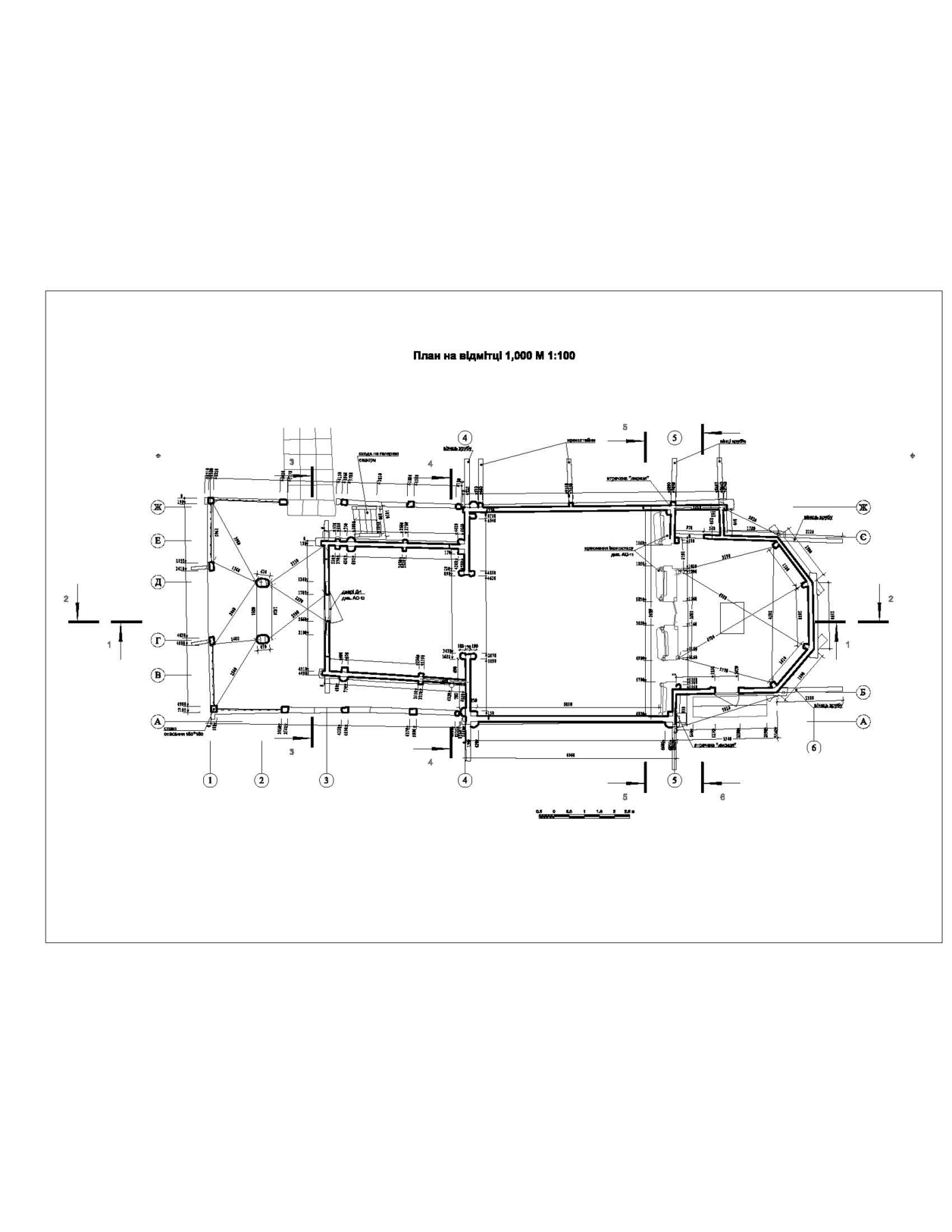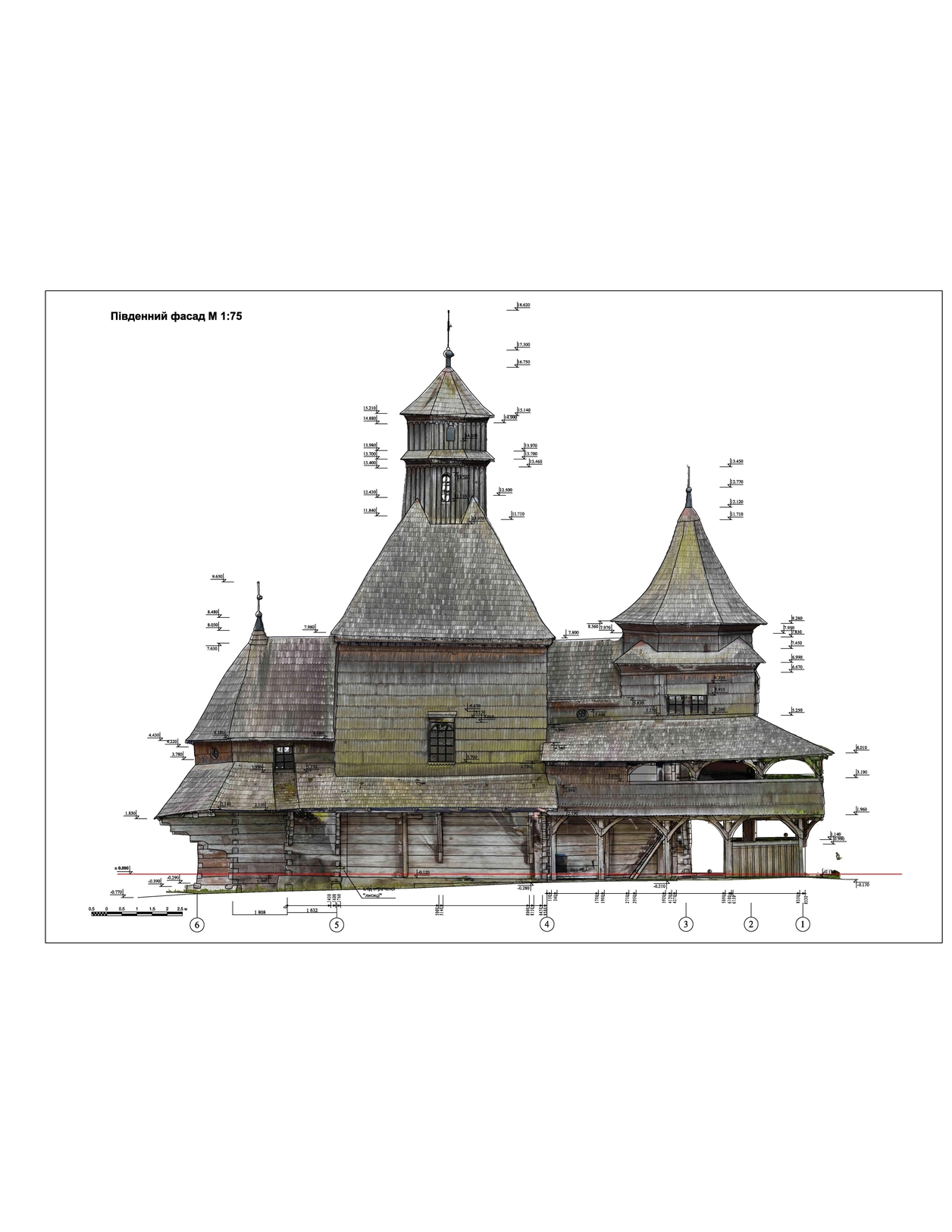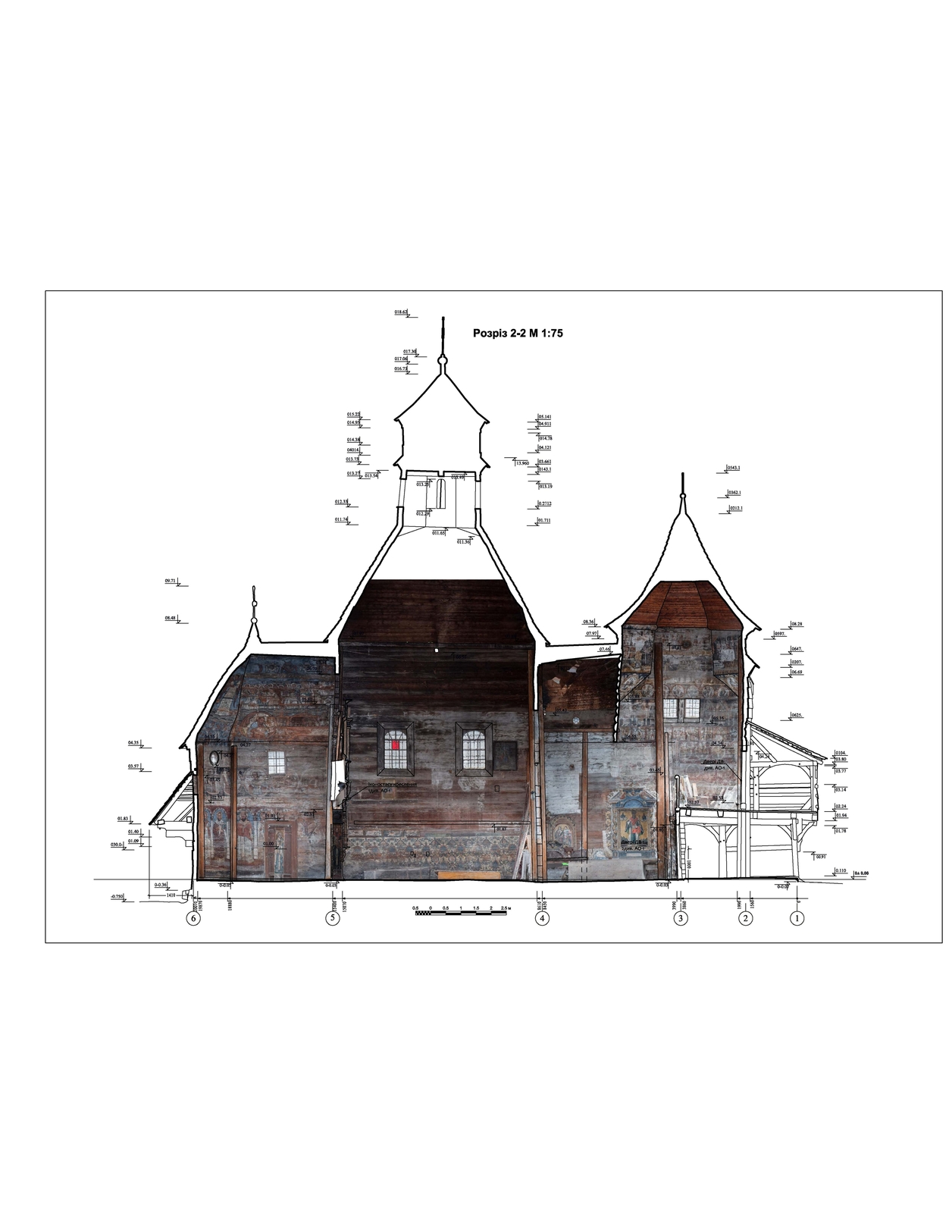Thesis: Blair Horton
In January 2020, a multi-year project was initiated to preserve the Church of the Exaltation of the Holy Cross (CEHC), a historic wooden church in Western Ukraine. Erected in 1613, the church’s structural design and decorative schemes are testament to the historically vibrant religious practices and craftmanship within the region. However, at the time the project began in 2020, the church’s doors had remained closed to the public for sixty years. Like much of Ukraine’s sacral wooden architecture, the history of CEHC has been shaped by a complex series of socio-political factors and conservation challenges. The structures which remain today are thus significant as representatives of survivors of architectural and cultural traditions,increasingly at riskin the context of the current conflict in Ukraine.
From documentationof current conditions, oneof the main challenges would be addressing the polychrome paintings found on the walls and ceilings. The icons and motifs used in the religious liturgy were painted directly onto the structural timbers. Before any conservation work can be completed, it isvital tofully understand the ramifications of this relationship. This thesis proposesa methodology for their joint conservation informed byexamination of the church’s heritage values, regional agents of deterioration, and conservation discourse around the larger typology. Through a phased timeline, the site-specificneeds of the church are considered inorder to aid resource managers in prioritizingfuture conservation work.




